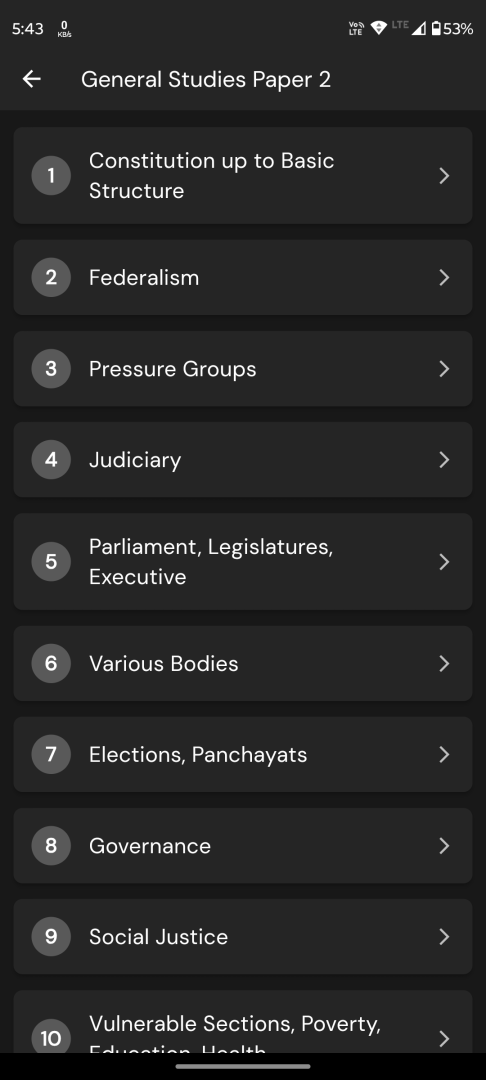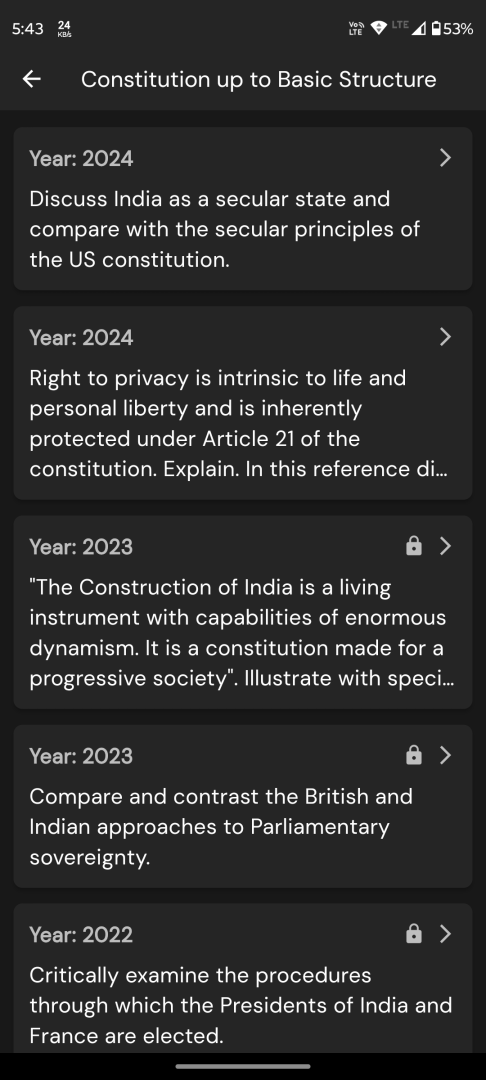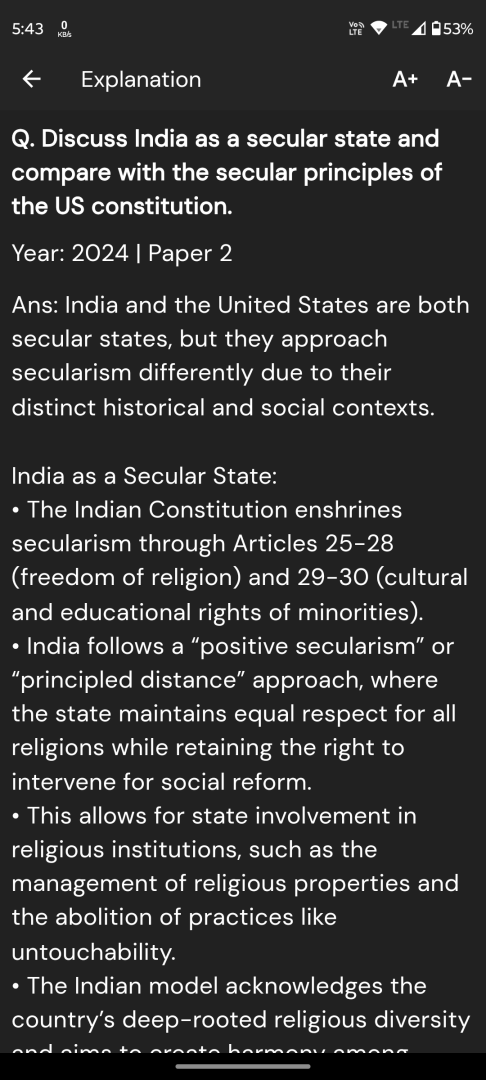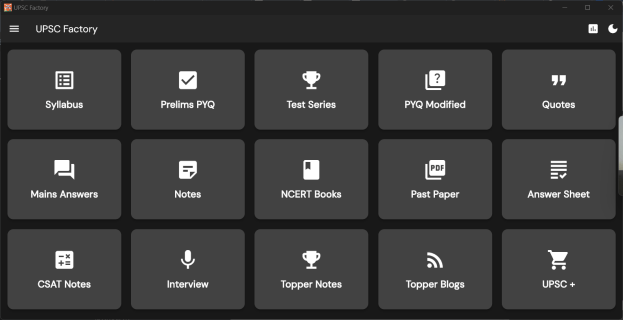Q. Despite comprehensive policies for equity and social justice, underprivileged sections are not yet getting the full benefits of affirmative action envisaged by the Constitution. Comment.
UPSC Mains 2024 GS1 Paper
Model Answer:
Affirmative Action: Constitutional Provisions & Implementation Gaps
India’s constitutional vision of equity and social justice, embodied in Articles 15, 16, and 46, has led to extensive affirmative action policies. However, the gap between policy formulation and ground-level impact remains significant, revealing systemic issues in implementation and societal structures.
Key Challenges:
1. Creamy Layer Effect: While reservations have benefited many, they’ve also created a ‘creamy layer’ within disadvantaged groups. This has led to uneven distribution of benefits, with the relatively better-off sections within these groups cornering most advantages, leaving the most marginalized still struggling.
2. Intersectionality Neglect: Current policies often fail to address the compound disadvantages faced by individuals at the intersection of multiple marginalized identities (e.g., Dalit women, disabled tribals). This oversight leaves the most vulnerable sections underserved.
3. Quality vs. Quantity Debate: While quantitative representation has improved in education and employment, qualitative aspects like skill development, mentorship, and creating enabling environments have lagged behind.
4. Economic Criteria Controversy: The introduction of economically weaker section (EWS) reservations has sparked debates about diluting the core purpose of affirmative action, which was originally caste-based.
5. Private Sector Gap: With increasing privatization, the lack of robust affirmative action policies in the private sector has become a critical issue, potentially nullifying gains made in the public sector.
6. Data Deficiency: Absence of caste census data and inadequate socio-economic surveys hinder evidence-based policy formulation and targeted interventions.
Example: The Particularly Vulnerable Tribal Groups (PVTGs) exemplify the policy-implementation gap. Despite specialized schemes, many PVTGs continue to face extreme deprivation due to geographical isolation, cultural barriers, and inadequate last-mile delivery of services.
Way Forward:
1. Intersectional Approach: Redesign policies to address multiple, overlapping disadvantages.
2. Outcome-Based Evaluation: Shift focus from mere representation to measurable improvements in socio-economic indicators.
3. Private Sector Inclusion: Develop incentive-based affirmative action guidelines for the private sector.
4. Data-Driven Policy: Conduct comprehensive socio-economic surveys to inform targeted interventions.
5. Grassroots Empowerment: Strengthen local governance and community participation in policy implementation and monitoring.
The journey towards realizing the constitutional vision of equity requires a paradigm shift from a one-size-fits-all approach to nuanced, data-driven, and intersectional policies that address the evolving nature of social disparities in contemporary India.




